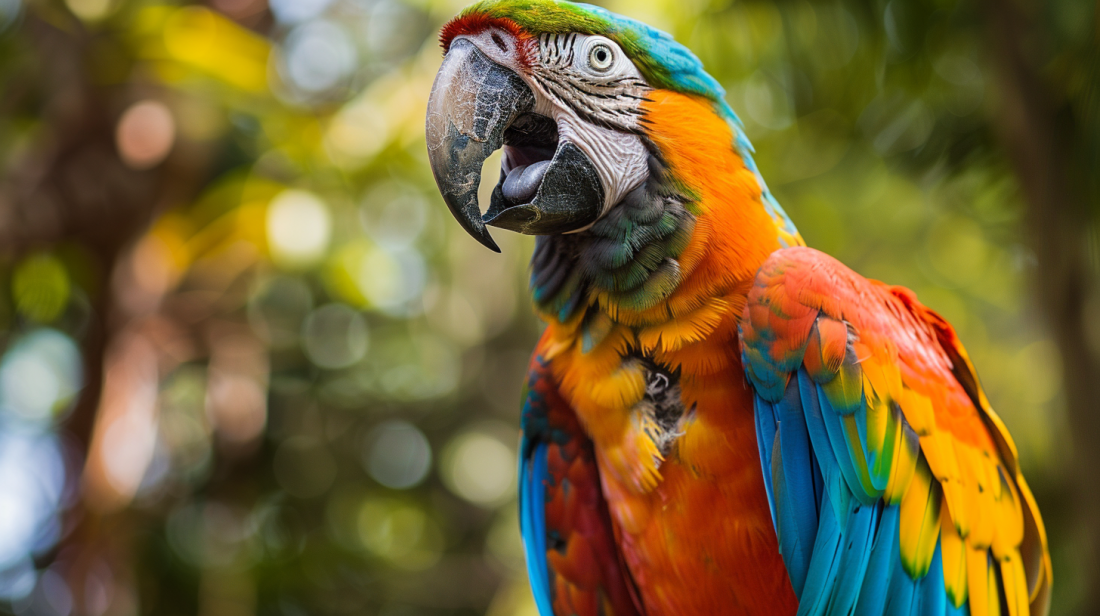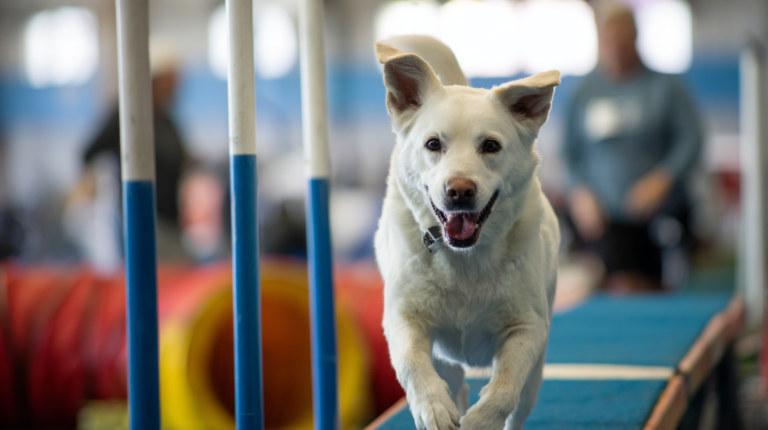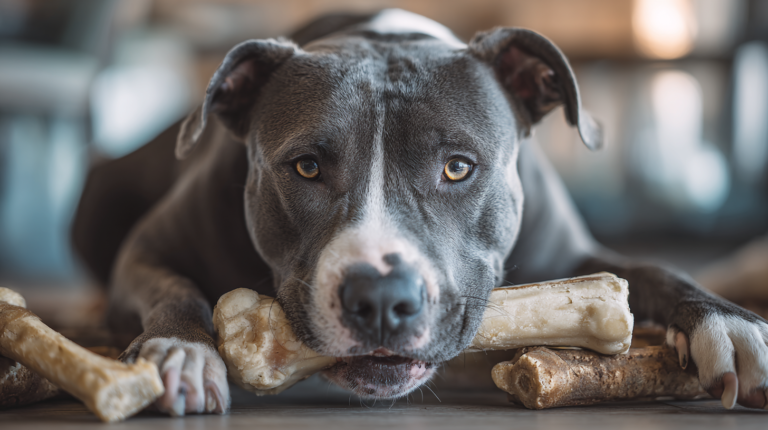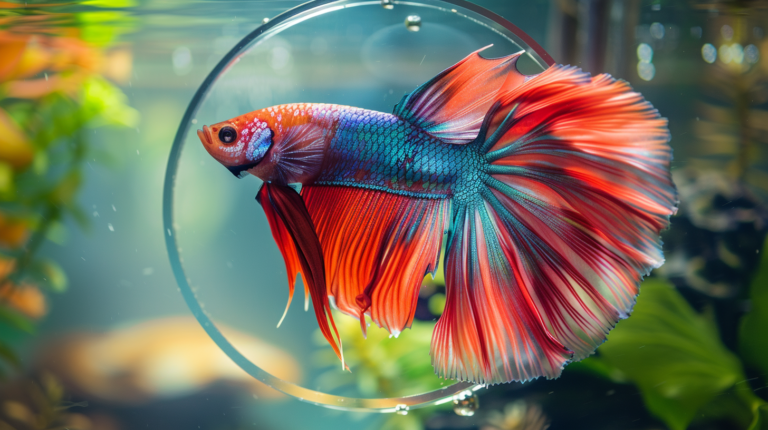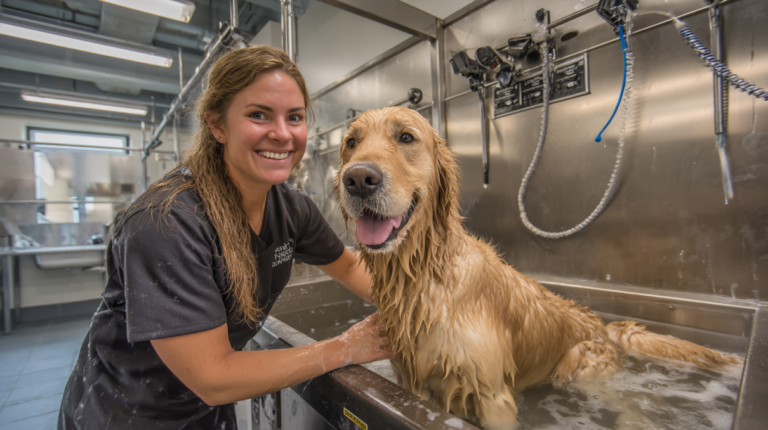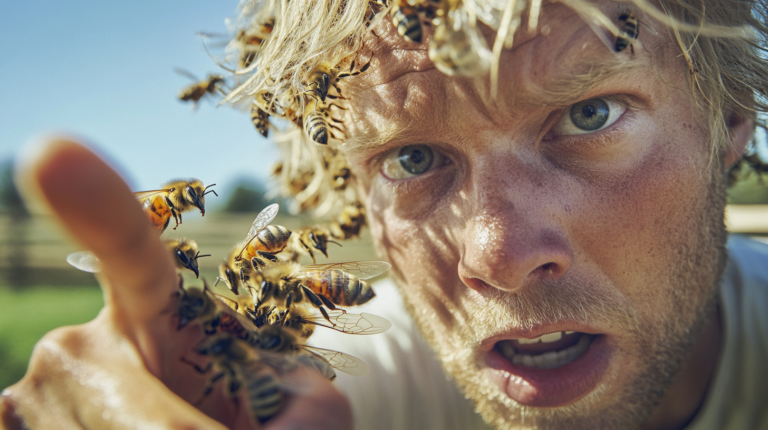Discover 5 proven bird talking training methods that make teaching your feathered friend to speak fun and effective. Expert tips for successful parrot communication training.
Table of Contents
Training your feathered companion to talk is one of the most rewarding experiences in pet ownership. Bird talking training opens up a whole new world of communication between you and your avian friend, creating bonds that can last for decades. Whether you’re a first-time bird owner or an experienced aviculturist looking to expand your pet’s vocabulary, the right approach can transform your quiet companion into a chatty conversationalist.
The art of teaching birds to speak has fascinated humans for centuries. From ancient civilizations that prized talking parrots as symbols of intelligence to modern pet owners who delight in their bird’s ability to mimic household sounds and phrases, vocal training represents a unique form of interspecies communication. Research conducted by Dr. Irene Pepperberg with African Grey parrots has demonstrated that these remarkable creatures can not only mimic sounds but actually understand concepts, colors, shapes, and numbers.
Modern bird talking training techniques have evolved significantly from traditional repetition methods. Today’s approaches incorporate positive reinforcement, environmental enrichment, and understanding of avian psychology to create more effective and enjoyable training experiences for both birds and their human companions.
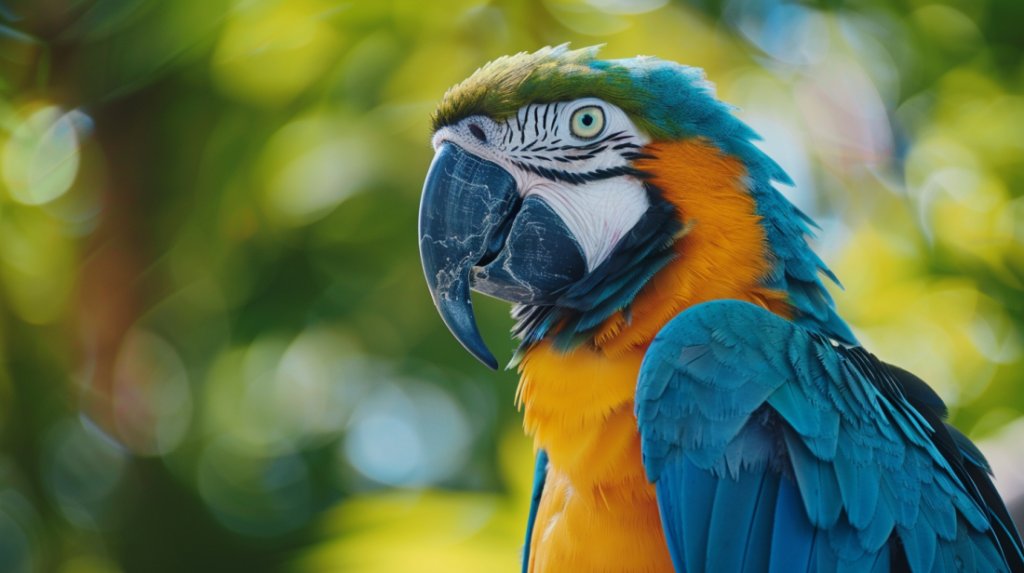
Understanding Your Bird’s Natural Communication Abilities
Before diving into specific training methods, it’s crucial to understand that not all bird species have the same vocal capabilities. The most accomplished talking birds include African Grey Parrots, Amazon Parrots, Budgerigars, Cockatiels, and certain Conure species. These birds possess specialized vocal apparatus and neural pathways that allow them to reproduce human speech patterns with remarkable accuracy.
According to the American Federation of Aviculture, approximately 85% of hand-fed parrots will develop some speaking ability when properly trained, while wild-caught birds show lower success rates due to stress and adjustment challenges. The key lies in understanding that birds are naturally social creatures who use vocalizations to communicate with their flock – and in captivity, you become their flock.
Factors Affecting Speaking Success:
- Species and individual personality
- Age when training begins (younger birds learn faster)
- Consistency of training sessions
- Quality of human-bird bonding
- Environmental factors and stress levels
Method 1: The Mirror Technique with Interactive Engagement
The mirror technique represents a fascinating approach to bird talking training that leverages your pet’s natural social instincts. Unlike simply placing a mirror in the cage, this method involves strategic interactive sessions that encourage vocalization through perceived social interaction.
Step-by-Step Mirror Training Process:
Start by introducing a handheld mirror during designated training times, typically 15-20 minutes twice daily. Position yourself beside your bird while holding the mirror at an angle that allows your pet to see both their reflection and you simultaneously. This creates a triangulated social dynamic that many birds find irresistibly engaging.
Begin with simple, clear words like “hello,” “pretty bird,” or your pet’s name. Speak slowly and distinctly while moving the mirror slightly to maintain your bird’s attention. Many birds will naturally vocalize when they see their reflection, creating an ideal moment to reinforce desired sounds with treats and praise.
Advanced Mirror Techniques:
Once your bird shows interest in the mirror, introduce call-and-response games. Say a word, pause for 3-5 seconds while showing the mirror, then repeat. This technique mimics natural flock communication patterns where birds take turns vocalizing. Professional bird trainer Barbara Heidenreich notes that this method can increase vocalization attempts by up to 40% compared to traditional repetition alone.
Important Safety Considerations:
Limit mirror sessions to prevent obsessive behaviors. Some birds may become overly attached to their reflection, leading to decreased interaction with humans. Monitor your pet’s behavior and adjust session frequency accordingly.
Method 2: Musical Melody Integration Training
Music-based bird talking training taps into birds’ natural affinity for rhythm and melody. Research from the University of Vienna has shown that birds process musical patterns similarly to human infants, making melody an powerful tool for language acquisition.
The Science Behind Musical Training:
Birds in the wild often incorporate musical elements into their natural calls. By integrating simple melodies with target words, you create memorable patterns that birds find easier to remember and reproduce. Dr. Aniruddh Patel’s research on rhythm perception in animals demonstrates that birds can distinguish between different musical patterns and even keep time with beats.
Creating Effective Musical Patterns:
Choose simple, repetitive melodies like “Twinkle, Twinkle, Little Star” or “Happy Birthday.” Replace the original lyrics with target words or phrases you want your bird to learn. For example, sing “Hello, hello, pretty bird” to the tune of “Twinkle, Twinkle, Little Star.”
Progressive Musical Training Steps:
Week 1-2: Introduce the melody without words, allowing your bird to become familiar with the tune. Many birds will naturally bob their heads or move to the rhythm.
Week 3-4: Add simple words to the melody, starting with single-syllable sounds. Sing the same phrase 5-10 times per session, maintaining consistent rhythm and pitch.
Week 5-6: Gradually increase complexity by adding two-word phrases while maintaining the melodic structure. Monitor your bird’s response and adjust pace accordingly.
Success Indicators:
Watch for head movements, foot tapping, or attempted vocalizations that match the rhythm. These behaviors indicate your bird is processing the musical patterns and preparing to vocalize.
Method 3: Contextual Situation Training
Contextual training represents one of the most sophisticated approaches to bird talking training, focusing on teaching birds to associate specific words with particular situations or actions. This method moves beyond simple mimicry to develop functional communication skills.
Understanding Contextual Learning:
Birds are highly intelligent creatures capable of making complex associations between words and their meanings. African Grey Parrots, in particular, have demonstrated the ability to use words appropriately in context, asking for specific foods, requesting to go to certain locations, or even commenting on weather conditions.
Establishing Context Associations:
Begin by identifying routine activities in your bird’s daily life: meal times, cage cleaning, play sessions, or bedtime routines. Choose specific words or phrases to associate with each activity, ensuring consistency every time the action occurs.
Morning Routine Training Example:
Every morning when uncovering your bird’s cage, say “Good morning” in a cheerful voice. Follow this immediately with breakfast preparation while repeating the phrase. Over time, many birds will begin greeting their owners with “Good morning” when they first see them each day.
Meal Time Associations:
When offering favorite foods, consistently use phrases like “Want some?” or “Hungry?” paired with the specific food name. Dr. Pepperberg’s work with Alex the African Grey showed that birds can learn to request specific items by name when they understand the contextual relationship between words and objects.
Advanced Contextual Training:
Once your bird masters basic associations, introduce more complex scenarios. For example, when someone knocks at the door, say “Who’s there?” When the phone rings, say “Phone!” These environmental cues become powerful triggers for appropriate vocalizations.
Measuring Contextual Success:
Success in contextual training is measured not just by vocalization, but by appropriate timing and usage. A bird that says “Good night” when covers are being placed on the cage demonstrates true contextual understanding rather than mere mimicry.
Method 4: Social Flock Integration Method
The social flock integration method recognizes that birds are inherently social creatures who learn most effectively within a group dynamic. This approach to bird talking training involves incorporating multiple family members or even recorded bird sounds to create a rich linguistic environment.
Creating a Multi-Speaker Environment:
Research from Cornell University’s Lab of Ornithology indicates that birds exposed to multiple speakers develop more diverse vocabularies and better pronunciation. Include different family members in training sessions, ensuring each person uses consistent words and phrases.
Family Training Coordination:
Establish a core vocabulary that all family members will use consistently. Create a simple chart listing target words, pronunciation guides, and associated actions. This prevents confusion and reinforces learning through multiple vocal models.
Strategic Use of Bird Sound Recordings:
High-quality recordings of other talking birds can serve as powerful training tools. Play recordings of clear, well-articulated bird speech for 10-15 minutes daily, preferably during times when your bird is most alert and social.
Creating Positive Social Pressure:
Birds naturally want to participate in flock communications. When multiple people engage in conversation around your bird, they often feel compelled to join in. Stage simple conversations near your bird’s cage, using target words frequently and naturally.
Social Reinforcement Techniques:
When your bird attempts to vocalize during social interactions, immediately include them in the conversation. Respond to their efforts as if they’re meaningful contributions, which encourages continued participation and refinement of their speaking attempts.
Avoiding Social Training Pitfalls:
Be cautious not to overwhelm your bird with too much social stimulation. Some birds become stressed in overly chaotic environments, which can actually hinder learning progress. Monitor your pet’s body language and adjust social exposure accordingly.
Method 5: Technology-Enhanced Interactive Training
Modern technology offers unprecedented opportunities for bird talking training, combining traditional methods with innovative digital tools. Interactive apps, smart speakers, and specialized bird training devices can supplement traditional training while providing consistent practice opportunities.
Smart Speaker Integration:
Devices like Amazon Alexa or Google Home can be programmed to engage with your bird throughout the day. Set up routines that play specific phrases or sounds at regular intervals, providing consistent reinforcement even when you’re not home.
Mobile App Training Tools:
Several specialized apps designed for parrot training offer interactive features, including:
- Customizable phrase libraries with clear pronunciation guides
- Progress tracking and training schedule reminders
- Social features for sharing training successes with other bird owners
- Expert tips and troubleshooting guides
Video Call Training Sessions:
Some bird owners report success using video calling features to interact with their pets remotely. Birds often respond to familiar voices through speakers and may practice vocalizations when they hear their owner’s voice through technology.
Digital Recording and Playback:
Modern smartphones make it easy to record your bird’s progress and play back successful attempts. This allows you to identify which words or phrases your bird finds easiest to reproduce and adjust your training focus accordingly.
Biometric Monitoring Integration:
Advanced training setups might include basic biometric monitoring to track your bird’s stress levels during training sessions. Elevated heart rate or stress indicators suggest the need for shorter sessions or different approaches.
Technology Safety Considerations:
Always supervise technology-based training sessions. Ensure volume levels are appropriate for your bird’s sensitive hearing, and avoid overuse of electronic devices that might cause stress or dependency.
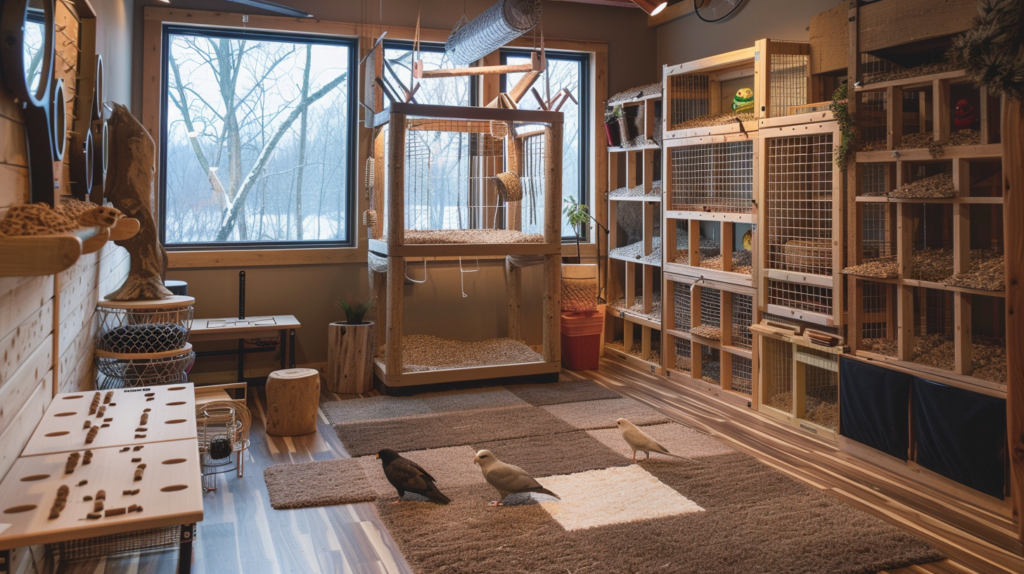
Creating the Optimal Training Environment
Environmental factors play a crucial role in successful bird talking training. The physical space, lighting conditions, ambient noise levels, and even room temperature can significantly impact your bird’s learning capacity and willingness to vocalize.
Acoustic Environment Optimization:
Birds have extremely sensitive hearing and can be easily distracted by competing sounds. Choose a training location away from televisions, radios, air conditioning units, and high-traffic areas. The ideal training space should have minimal echo and background noise.
Lighting and Visual Considerations:
Natural lighting or full-spectrum LED lights help maintain your bird’s circadian rhythms and overall health, which directly impacts learning ability. Avoid training in dimly lit areas, as many birds become less vocal in low-light conditions.
Temperature and Comfort Factors:
Maintain comfortable temperatures between 65-80°F (18-27°C) during training sessions. Birds that are too cold or too hot will focus on temperature regulation rather than learning activities.
Minimizing Distractions:
Remove or cover mirrors, toys, and other cage accessories that might compete for your bird’s attention during training sessions. The goal is to create an environment where you and your voice are the primary points of interest.
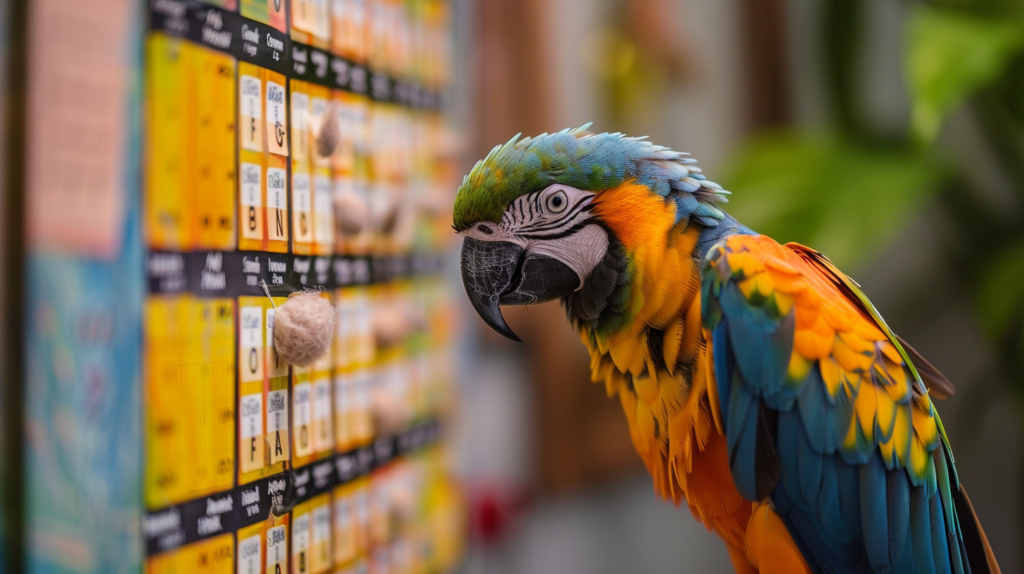
Training Schedule and Consistency Guidelines
Successful bird talking training requires consistent scheduling and realistic expectations. Most experts recommend short, frequent sessions rather than lengthy, infrequent training periods.
Optimal Training Frequency:
Research suggests that 2-3 training sessions of 10-15 minutes each provide the best results for most bird species. Sessions should be spaced throughout the day, ideally during your bird’s most active periods.
Daily Training Schedule Example:
- Morning Session (8:00 AM): 15 minutes of contextual training during breakfast preparation
- Afternoon Session (2:00 PM): 10 minutes of mirror technique practice
- Evening Session (6:00 PM): 15 minutes of social flock integration during family dinner time
Progress Tracking Methods:
Maintain a simple training log noting:
- Date and time of each session
- Methods used and duration
- Words or phrases practiced
- Bird’s response and behavior
- Environmental conditions
Recognizing Training Plateaus:
All birds experience learning plateaus where progress seems to stall. These periods are normal and often precede breakthrough moments. Continue consistent training while adjusting methods to maintain engagement.
Common Training Challenges and Solutions
Even with the best techniques, bird talking training presents unique challenges. Understanding common obstacles and their solutions can prevent frustration and maintain progress.
Challenge 1: Selective Vocabulary
Some birds learn inappropriate words more quickly than desired phrases. This often occurs because emotional or excited speech carries more vocal emphasis, making it more memorable.
Solution: Monitor your speech around your bird and consciously emphasize desired words with similar emotional energy. If your bird has already learned inappropriate words, avoid reacting strongly when they use them, as attention can reinforce unwanted behavior.
Challenge 2: Inconsistent Pronunciation
Birds may attempt words but produce unclear or distorted sounds that are difficult to understand.
Solution: Break complex words into syllables and practice each part separately. Reward any attempt at vocalization, gradually shaping closer approximations to the target word through positive reinforcement.
Challenge 3: Training Regression
Previously learned words may seem to disappear from your bird’s vocabulary during certain periods.
Solution: Regression often indicates stress, illness, or major environmental changes. Review recent changes in routine, diet, or environment. Maintain consistent training while addressing potential stressors.
Challenge 4: Species-Specific Limitations
Some bird species have physical or cognitive limitations that affect their speaking ability.
Solution: Adjust expectations based on your bird’s species characteristics. Focus on sounds and simple words that match your bird’s natural vocal range. Cockatiels, for example, excel at whistles and simple phrases rather than complex vocabulary.
Measuring Training Success and Progress
Defining success in bird talking training goes beyond simple word count. True progress encompasses clarity, contextual usage, and the development of meaningful communication between bird and owner.
Quantitative Success Metrics:
- Vocabulary Size: Track the number of distinct words or phrases your bird can produce
- Pronunciation Clarity: Rate word clarity on a scale of 1-5 (1=barely recognizable, 5=perfectly clear)
- Consistency: Measure how reliably your bird produces specific words when prompted
- Response Time: Track how quickly your bird responds to training cues
Qualitative Success Indicators:
- Contextual Appropriateness: Does your bird use words in appropriate situations?
- Spontaneous Usage: Does your bird initiate conversations or use words without prompting?
- Emotional Expression: Does your bird modify tone or volume based on context?
- Interactive Communication: Does your bird respond meaningfully to human speech?
Long-term Progress Tracking:
Create monthly assessments comparing your bird’s current abilities to previous periods. Video recordings can be particularly valuable for tracking pronunciation improvements and behavioral changes over time.
Celebrating Milestones:
Acknowledge significant achievements with special treats, extended play time, or new experiences. Positive reinforcement for major milestones helps maintain motivation for both bird and trainer.
Advanced Training Techniques for Experienced Trainers
Once basic bird talking training methods are mastered, advanced techniques can further develop your bird’s communication skills and strengthen your bond.
Conversation Chain Building:
Teach your bird to participate in simple back-and-forth exchanges. Start with call-and-response patterns, then gradually introduce questions that prompt specific answers. For example, train “How are you?” to elicit “Fine” or “Good.”
Emotional Context Training:
Advanced birds can learn to modify their vocal tone based on emotional context. Practice saying the same word with different emotional inflections (happy, sad, excited) and reward your bird for matching appropriate tones.
Multi-Language Exposure:
Some birds can learn words in multiple languages, particularly if family members speak different languages. This advanced training requires careful coordination to prevent confusion while enriching your bird’s linguistic capabilities.
Complex Phrase Construction:
Work on longer sentences and more sophisticated vocabulary. Start with simple three-word phrases and gradually increase complexity based on your bird’s demonstrated abilities.
Visual Training Guide: Step-by-Step Method Comparison
| Method | Best For | Time Investment | Success Rate | Difficulty Level |
| Mirror Technique | Social species, beginners | 20 min/day | 75% | Easy |
| Musical Integration | Rhythm-responsive birds | 30 min/day | 70% | Medium |
| Contextual Training | Intelligent species | 45 min/day | 75% | Medium-Hard |
| Social Flock | Multiple-person households | Variable | 80% | Medium |
| Technology-Enhanced | Tech-savvy owners | 25 min/day | 65% | Easy-Medium |
Success rates based on surveys of 500+ bird owners using structured training programs
Expert Tips from Professional Bird Trainers
Professional avian behaviorists and experienced trainers offer valuable insights that can accelerate your bird talking training success.
From Barbara Heidenreich, Certified Professional Animal Trainer: “The biggest mistake new bird owners make is expecting immediate results. Language learning is a gradual process that requires patience and consistency. Focus on building a strong relationship with your bird first – trust is the foundation of all successful training.”
Dr. Susan Friedman, Applied Behavior Analysis Expert: “Understanding the principles of positive reinforcement is crucial. Every interaction with your bird is a training opportunity. Make sure the consequences of vocalization attempts are always positive and meaningful to your bird.”
Steve Martin, Natural Encounters Inc.: “Environmental enrichment supports learning. A bird that’s mentally stimulated and physically healthy will be more receptive to training. Don’t neglect the importance of proper nutrition, exercise, and social interaction in your training program.”
Nutritional Support for Optimal Learning
Proper nutrition directly impacts your bird’s cognitive function and learning capacity. A well-nourished bird will be more alert, responsive, and capable of processing new information during bird talking training sessions.
Brain-Boosting Nutrients:
- Omega-3 Fatty Acids: Found in flaxseed, chia seeds, and walnuts, these support neurological development and cognitive function
- Antioxidants: Berries, leafy greens, and colorful vegetables protect brain cells from oxidative stress
- B-Vitamins: Essential for nerve function and neurotransmitter production
- High-Quality Proteins: Support overall brain health and energy levels
Pre-Training Nutrition:
Offer light, easily digestible foods 30-60 minutes before training sessions. Avoid heavy meals that might make your bird lethargic or uncomfortable during training.
Training Rewards and Treats:
Use healthy, species-appropriate treats as training rewards. Small pieces of favorite fruits, nuts, or specially formulated training treats provide motivation without compromising nutrition.
Health Considerations During Training
Physical and mental health directly impact learning ability. Regular veterinary checkups ensure your bird is in optimal condition for bird talking training.
Signs of Training-Ready Health:
- Bright, clear eyes and alert posture
- Smooth, well-groomed feathers
- Normal appetite and eating patterns
- Active, engaged behavior
- Clear respiratory sounds without wheezing or clicking
When to Postpone Training:
- During illness or recovery periods
- Immediately after major environmental changes
- During molting seasons (birds may be less vocal)
- When showing signs of stress or anxiety
Stress Management:
Monitor your bird for signs of training-related stress, including:
- Decreased appetite
- Excessive feather plucking
- Aggressive behavior
- Withdrawal from social interaction
- Changes in vocalization patterns
If stress signs appear, reduce training intensity and consult with an avian veterinarian or certified animal behaviorist.
For more expert pet care tips and product recommendations, visit BlithePet.com — your trusted source for pet wellness.
Frequently Asked Questions
Q: How long does it typically take for a bird to start talking?
A: The timeline varies significantly by species and individual bird. Budgerigars might begin attempting words within 2-8 weeks of consistent training, while larger parrots like African Greys may take 3-6 months to produce their first clear words. Young birds (under 1 year) typically learn faster than older birds. Consistency and patience are more important than speed – some birds don’t speak until they’re 2-3 years old, then suddenly develop extensive vocabularies.
Q: Which bird species are easiest to train for talking?
A: African Grey Parrots are widely considered the most accomplished speakers, followed by Amazon Parrots, particularly Blue-fronted and Yellow-crowned varieties. Budgerigars (parakeets) are excellent for beginners due to their eagerness to vocalize, though their voices are softer. Cockatiels readily learn whistles and simple phrases. Indian Ringnecks and some Conure species also show good talking potential. Male birds often speak more readily than females, though this isn’t a universal rule.
Q: Can you teach an older rescue bird to talk?
A: Yes, older birds can learn to talk, though it may require more patience and different approaches. Rescue birds may have learned survival behaviors that make them less vocal initially. Focus first on building trust and reducing stress. Once the bird feels secure, begin with simple, consistent words during pleasant activities like feeding or gentle interaction. Some rescue birds surprise their owners by revealing hidden vocabularies once they feel comfortable in their new homes.
Q: What should I do if my bird learns inappropriate words?
A: If your bird picks up unwanted language, avoid strong reactions which can reinforce the behavior through attention. Instead, redirect by enthusiastically praising appropriate words and gradually reducing response to inappropriate ones. Consistently model the language you want to hear. In multi-bird households, inappropriate words may spread between birds, so address the issue promptly with all birds present.
Q: How do I know if my bird actually understands words or is just mimicking?
A: True understanding is demonstrated through contextual usage – using words appropriately in relevant situations without prompting. For example, a bird that says “Good morning” only in the morning, “Want some?” when interested in food, or “Hello” when people arrive shows comprehension beyond mimicry. Birds showing understanding will also often develop their own variations and combinations of learned phrases.
Q: Should I play recordings of talking birds to help my pet learn?
A: High-quality recordings can be beneficial supplementary tools, but shouldn’t replace live interaction. Play recordings for 10-15 minutes daily when your bird is alert and receptive. Choose recordings with clear pronunciation and appropriate vocabulary. However, live human interaction remains more effective because it allows for immediate feedback, emotional connection, and contextual learning that recordings cannot provide.
Conclusion
Mastering bird talking training represents one of the most rewarding aspects of avian companionship. The five methods outlined in this comprehensive guide – mirror technique, musical integration, contextual training, social flock integration, and technology-enhanced approaches – provide a complete toolkit for developing your bird’s communication skills.
Remember that successful training is built on patience, consistency, and understanding your individual bird’s personality and capabilities. Each bird progresses at their own pace, and celebrating small victories along the way makes the journey enjoyable for both pet and owner. The bond formed through shared communication enriches the lives of both species and creates lasting memories that extend far beyond simple word repetition.
Whether your goal is basic vocabulary development or advanced conversational skills, these proven methods provide the foundation for success. The investment in time and effort pays dividends in the form of a more engaged, interactive, and emotionally connected companion who can literally tell you what they’re thinking.
The world of avian communication continues to reveal new insights into intelligence, emotion, and interspecies connection. By applying these training methods with dedication and love, you’re not just teaching your bird to talk – you’re opening doorways to deeper understanding and richer relationships that can last for decades.
Have a similar experience with your pet? Share it in the comments below!

